Interview with documentary photographer
Amlan Sanyal
A teacher by profession and a documentary photographer by passion, one provides a living for himself self and the other a living for his soul. Photography is more than a passion, it’s an obsession, almost an addiction.
Interviewed by Bhaskar Paul
Photographs by Amlan Sanyal
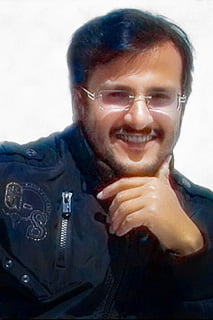
Amlan Sanyal
A teacher by profession and freelance documentary photographer by passion Amlan is based in Siliguri, a small city in sub-Himalayan Bengal, India. He strives to capture storytelling-images as well as insightful, emotion-provoking yet, realistic sort of frames. Street Photography is his favourite way of looking at the world and taking photographs gives him the power to stop time, appreciate the truth of the moment and question himself. Amlan’s work has been published in various publications and he is also a contributor to Getty Images and National Geographic stock photography.
In this interview for Exposure, Amlan talks to our editor Bhaskar about his journey of photography.
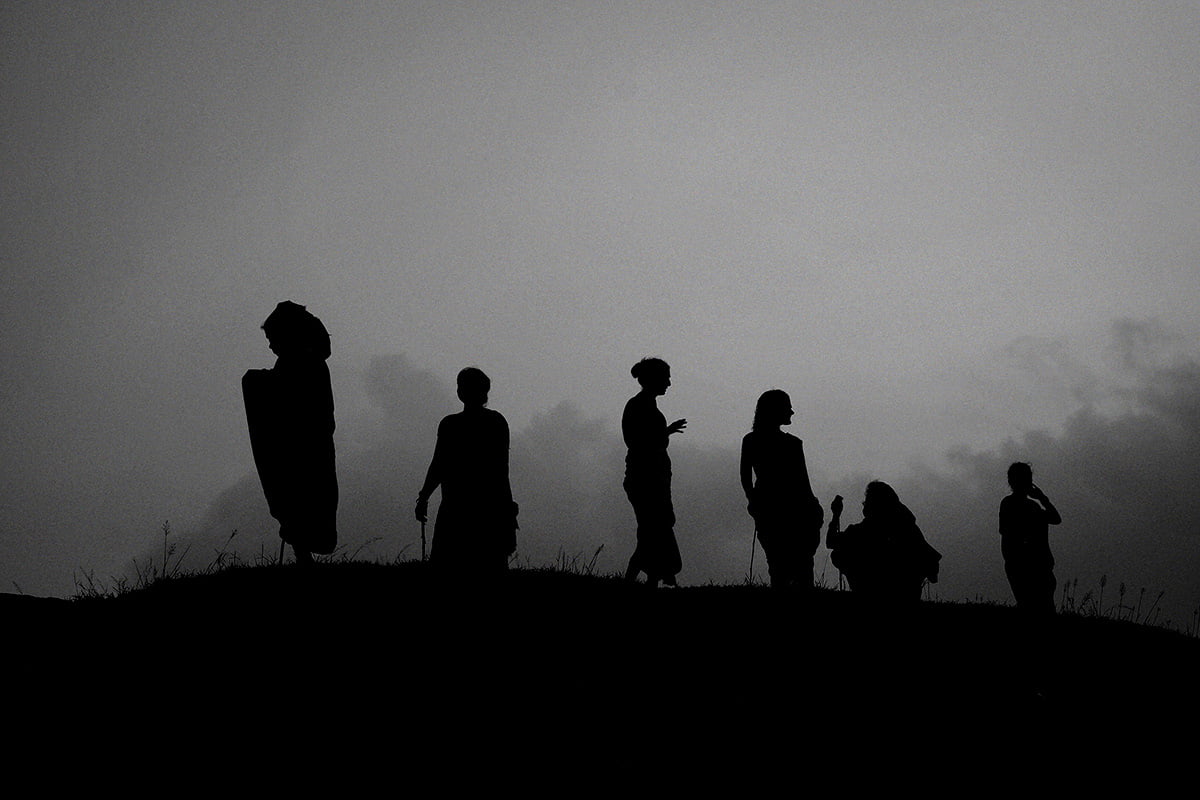
1. Debrief us about your extraordinary journey of photography. Is there any childhood memory related to photography that you want to share with us?
My interest in photography developed in 2008 while toying around with a compact digital camera. I haven’t stopped taking photographs since I got my first DSLR in 2009. I started taking pictures of strangers on the street. When I started doing this, I had no idea there was an entire genre devoted to it. I have been mostly self-taught, drawing most of my education and inspiration on photography by studying the work of great photographers in this genre.
I am a teacher by profession and a documentary photographer by passion. One provides a living for myself and the other a living for my soul. Photography is more than a passion, it’s an obsession, almost an addiction.
2. So eventually you became a street photographer. There are many genres in photography, why street photography became so special for you.
I’m a lover of street photography. It’s what inspired me to pick up a camera and shoot. People often ask me why I take photos of random people on the street. Street photography is fun and thrilling. There is nothing like capturing or “stealing” a moment from day to day life. So many special things happen, which are just fragments in our lives. I find it interesting to watch people, observe and capture a brief snapshot of their lives. Without speaking a word, we can discover layers of personality about someone, the external demeanour they display to the world, and if we are lucky, they sometimes, gently let through the hidden parts of themselves. For me, the beautiful thing about street photography is that it provides a way of getting out and connecting with society and tell a story in a single frame.

3. I was checking one of your very interesting projects ‘Men at Work’. Why you’ve chosen this project and how did you accomplish the same? Also, debrief us about the edit of this project.
‘Men at Work’ was a project made in an attempt to give a peek into the difficulties of the lives of the road construction workers in India – the risks they face working in hazardous conditions, the high level of emissions they’re exposed from the equipment and consequent health disorders, their poor working and living conditions. It is a visual and aural narrative of these road construction workers who are some of the poorest and most marginalized sections of the society.
As a photographer, I feel obligated in such situations to show the world the predicament of these workers and their families because I can imagine and feel their pain. We cannot forget this marginalized section of our society who is responsible for connecting the villages and cities around us. It is important for us to value them and respect them.
Coming to the editing part, I shot the entire series in RAW and processed in Lightroom. I wanted to give high contrast and gritty look to the images. Using the curve tool, I adjusted Shadow, Highlights, Blacks, Midtones and Whites. After playing with sliders a bit I added some contrast and vignette with adjusting tools.

4. Please also share about your other projects like ‘Fair and a Bond at the Border’ and ‘Urban Development’.
‘Fair and a Bond at the Border’ is a visual diary on one of the famous fair of North Bengal and the pride of Haldabari – ‘Hujur Saheb Mela‘ which is held annually along the international border between India and Bangladesh and attracts devotees of all faith, from different districts of North Bengal, north-eastern states, Nepal, Bhutan and Bangladesh. It is a symbol of communal harmony. I visit this event every year and wanted to come up with a photo series documenting the environment of this massive annual event.
Project ‘Urban Development’ was made in my hometown during the time of highway expansion under the Asian Highway plan. In the process of expansion of the roads many roadside slums and shops, which had occupied the roadside lands, had to buckle up and relocate to new areas. Many of those people who earned their livelihood from small tea-stalls, grocery shops and garages constructed on those occupied land felt hopeless and lost. Through this project, I wanted to capture the untold tales and emotions of those crumbling, helpless people in the hope that the audience could feel their pain through this documentation.
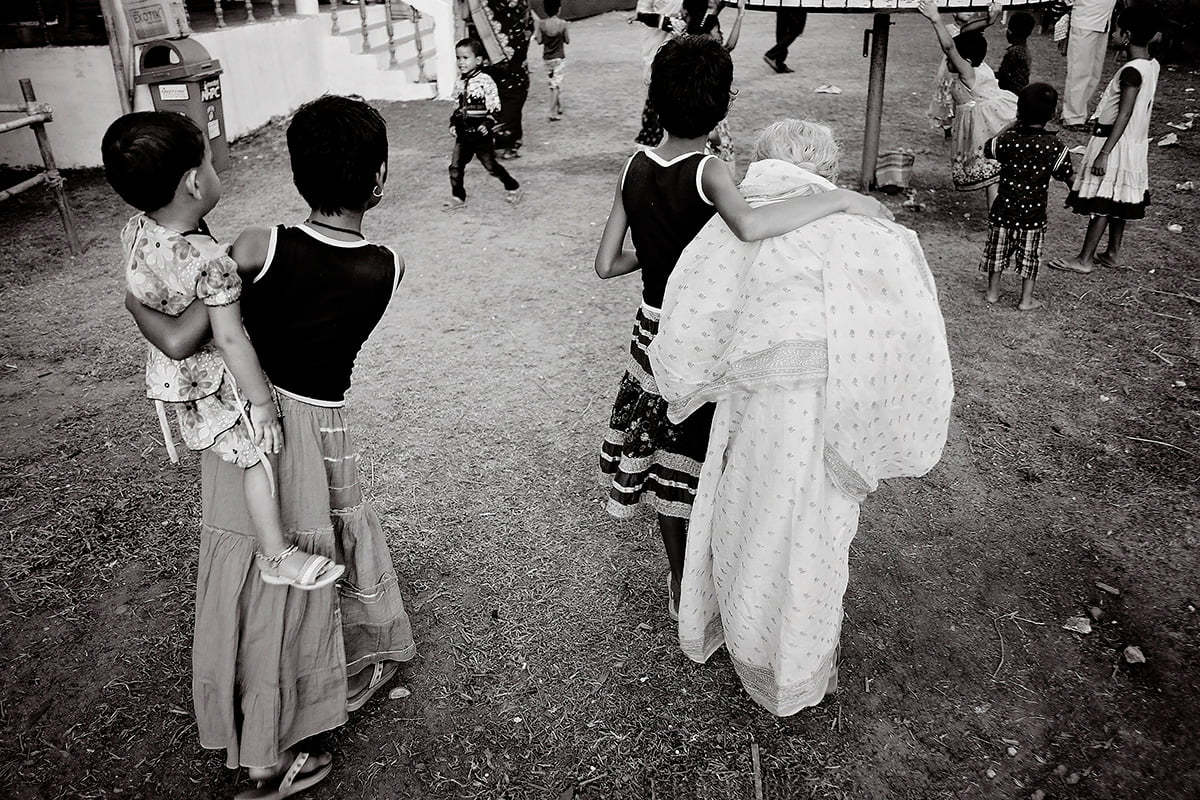
5. As you have worked on some projects, what are your thoughts on working on single images vs projects?
The street project is difficult to conceive, sometimes to tell something you would need thirty photos and sometimes a single photo can be enough. Even a pedestrian crossing can become a project, as long as you know what to tell people.
Most of the time I am shooting standalone images but when I want to tell a story across multiple images with each photo telling a different section, I decide to make it a project.
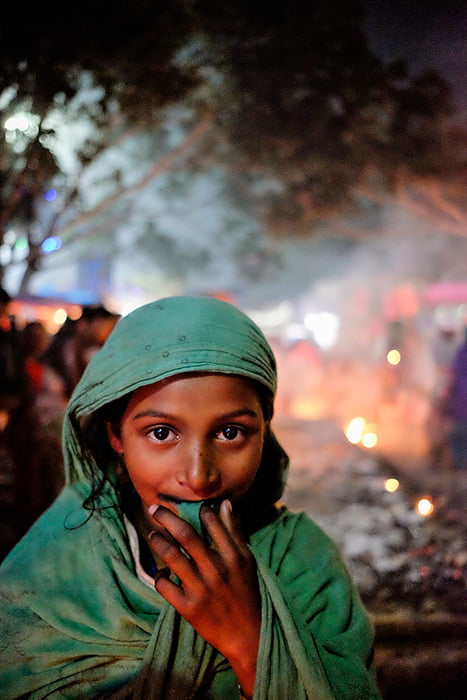
6. What do you think some clichés in street photography you steer away from yourself?
If I come across anything interesting, I am happy to capture that moment. Seriously, who’s going to care when you’re making photographs, you’re proud of?
7. Sometimes taking a shot in the street could be difficult; dealing with people’s reactions or making sure it is not invasive in the various situations that could arise, is not always easy. What is your approach in these circumstances?
The main difficulty I have struggled with when I started my photographic journey, is my own inhibition about photographing strangers, invading their privacy. Especially when I started, I felt very guilty about it, and also worried about what I imagined people’s reactions might be. With time, those fears were mostly assuaged, as I discovered that most people don’t even notice when they are being photographed, and, even if they do, they don’t react badly. The joy of street photography is that you want to capture a moment without the person even knowing you are there. It’s more about being unobtrusive and subtle than interacting with people. However, sometimes, if the subject notices me taking their picture and does not accept the fact that I took a picture of him, I try to motivate the subject and make him understand my intentions, showing some of my shots, in a cordial and smiling way. This approach of mine has often helped me and allowed me to have further interaction with the subjects I shoot. These days I’ve been shooting a lot of photos on my smartphone and small inconspicuous cameras, trying to make myself look like a dumb tourist and pretending like I am not shooting the subject but shooting something in the background.
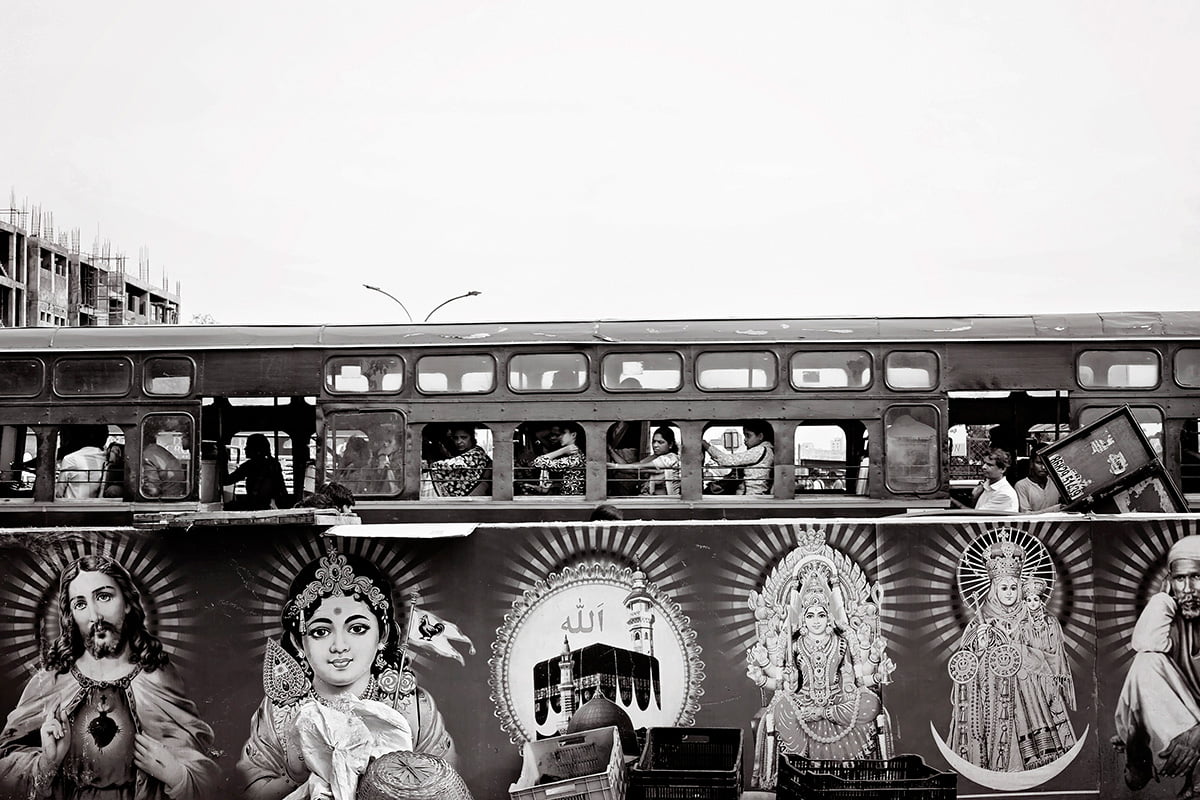
8. What power do you think a photographer carries within? What can bring a change in society through this powerful tool?
An image of an event or a place can create a lot more connection than written words or stories. Photography speaks. When I discovered and later understood photographic visual language, I saw that this language could inform, educate and move audiences worldwide without the need for a shared spoken language. A successful well-documented photo story is universally understood. In this fast-paced world, where the emphasis is on immediacy, a still photograph stops time. It gives the viewer a moment to think, to react, to feel. Photography has always held an important role in society’s translation and understanding of specific, global events.
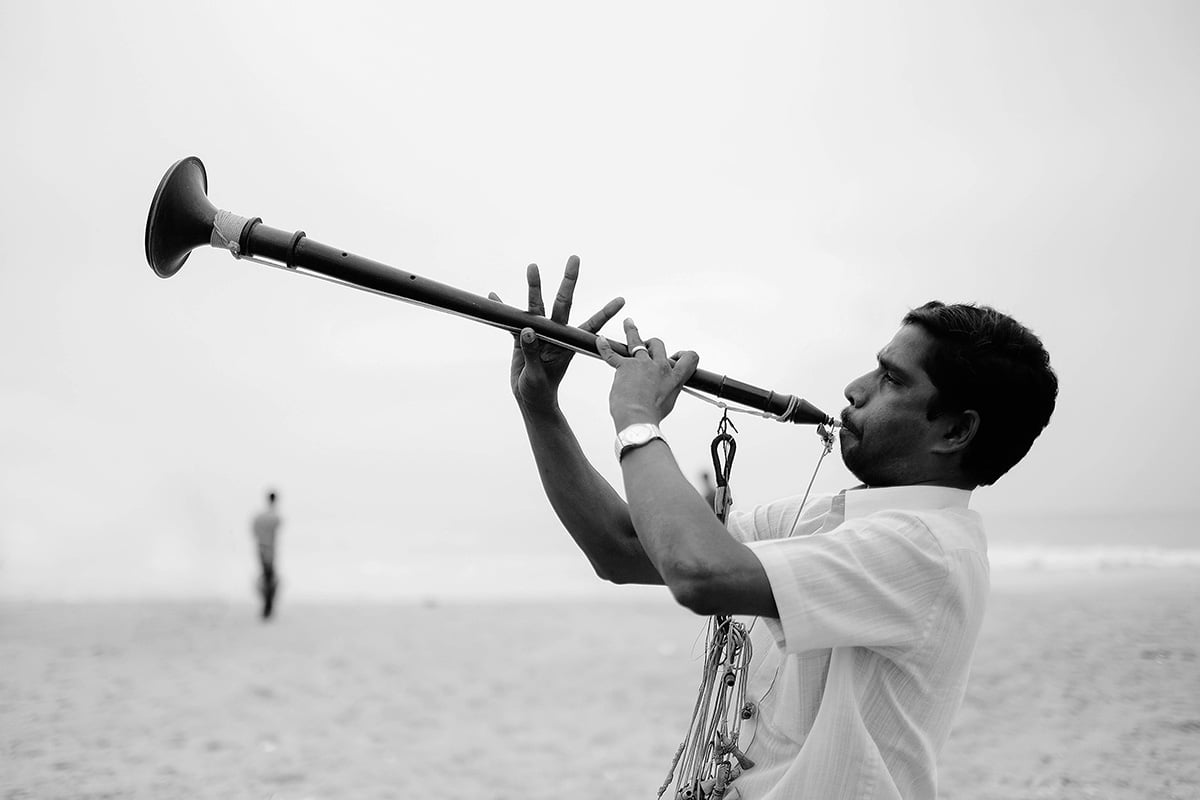
9. I found some of your photographs are in colour and some are in black & white. How does black and white vs colour play into your work? Do you find them to be totally separate beasts or complementary?
Normally I love to shoot in black and white, but sometimes I also enjoy the colour. I prefer to process my images in black and white for its timeless quality, but some images are better in colour and sometimes the subject is colour. But I will say that one advantage of monochrome is its ability to remove any distracting colourful elements from the frame, allowing the viewer to be more drawn to the subject. Sometimes a colour image is necessary, for example: in many places in rural India, especially in North India, colour is an important facet and is part and parcel of daily life. So I leave it to my artistic eye in guiding this decision.

10. What is your perspective on colour and monitor calibration? Do you think calibration is important for a serious photographer?
In post-processing, there is one key step to success, and that is having the monitor colour calibrated.
Colour calibration should be an essential part of every photographer’s workflow. Especially, anyone printing and selling images should make monitor calibration part of their standard routine.
11. What do you think about the limit of post-processing that one shuld keep in mind while processing?
Post-processing was done by hand on film 80 years ago, now we develop a digital film in software. Today, the analogous situation to film and print development is the use of the RAW format. A RAW editor allows the photographer to import a superior version of the exposure into a post-processing application for further fine-tuning. Photographers carefully select focal lengths, apertures and compositions to present a scene in the most positive or attractive way. Post-processing continues that effort. But I believe, one should not stretch the reality by overdoing it and making it look unnatural. When I look at an image and think “I’ve never seen that colour in real life”, then I consider that is going too far. I post-process to recreate what the scene “felt” like to me. It is to try and elicit the same emotional response that I felt when I was actually there.
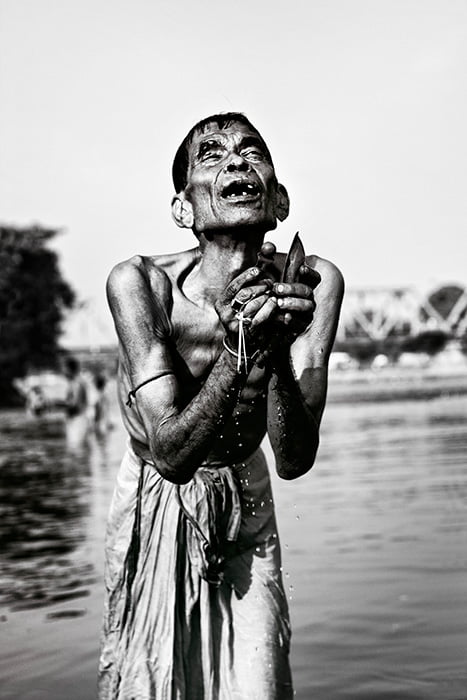
12. Being a photographer, what is more important, self-satisfaction or viewers’ attention?
A photo needs to say something to the viewer. If you can feel an emotion, then there’s a story to go with it. That’s what you need to capture and share with your viewers. Just a glance at a powerful image can stop people in their tracks. Some images can change the way you view the world for the rest of your life.
On the other hand, one of the rewards of being a photographer is the chance to capture unique moments and images on the camera. As a photographer, I experience the pleasure of being part of that significant moment. There comes the self-satisfaction.
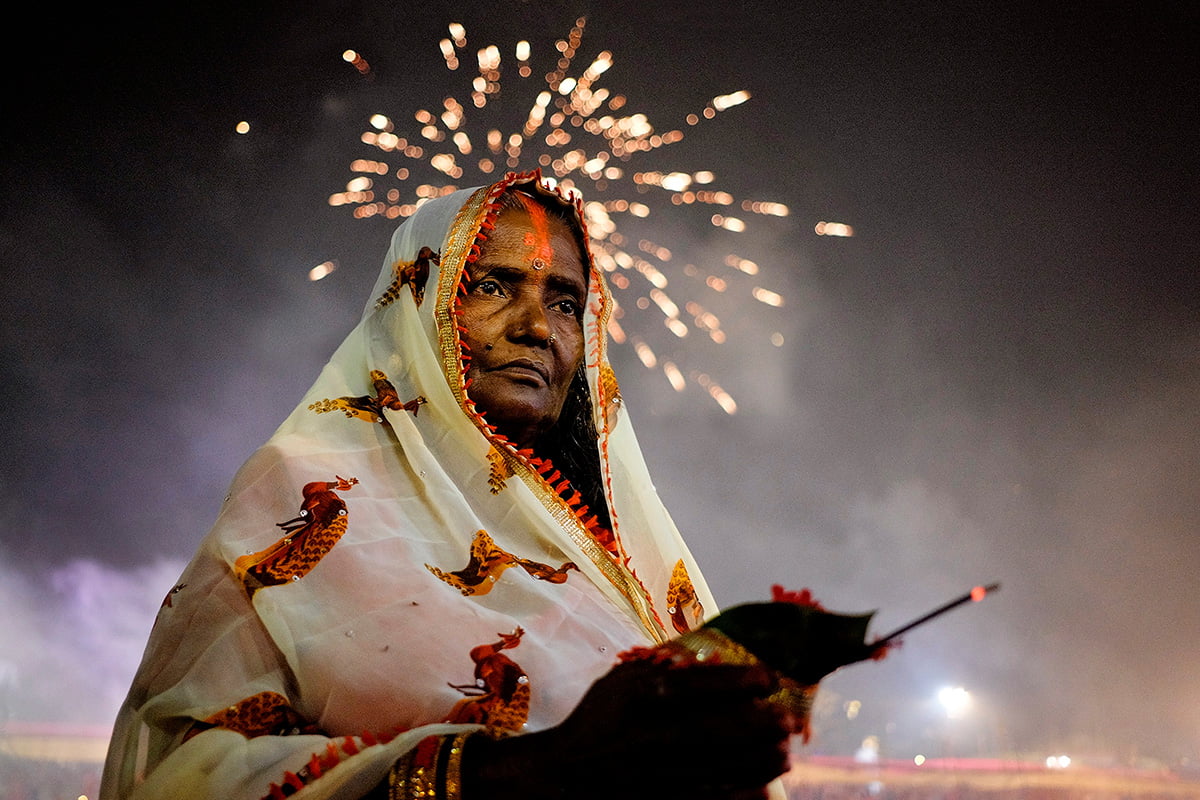
13. What can improve photographic compositions: Books or YouTube? Help us to understand what’s your point of view on these two important mediums of learning?
The composition is perhaps the most crucial element of your photos. Some composition techniques can make a huge difference to an image and take it from being a snapshot to becoming a truly great photo. The important thing is to experiment with these techniques. Combine them wherever possible. Try them out as often as you can on the different subject matter, and know when NOT to use them. By doing this, not only will your images improve, so will your ability to see an image in a scene.
The composition is a skill you can improve through guidance and practice. Some good books and tutorials on YouTube are available to guide you. They have been tried and tested by photographers around the world for decades. The only constraint is don’t be dogmatic about applying them. Once you understand how to use the rules, you will then know how to break, and break out of them. By doing this, you will take your photographic creativity to a new level and your images will become that much better.
But at the end of the day, nothing is going to help you more than experience – so bring your camera everywhere and shoot anything remotely interesting! You can go through tons of YouTube videos, read every book about lighting, exposure and composition and talk about it all day – but taking photos is what is going to allow you to unlock your style and natural skill.
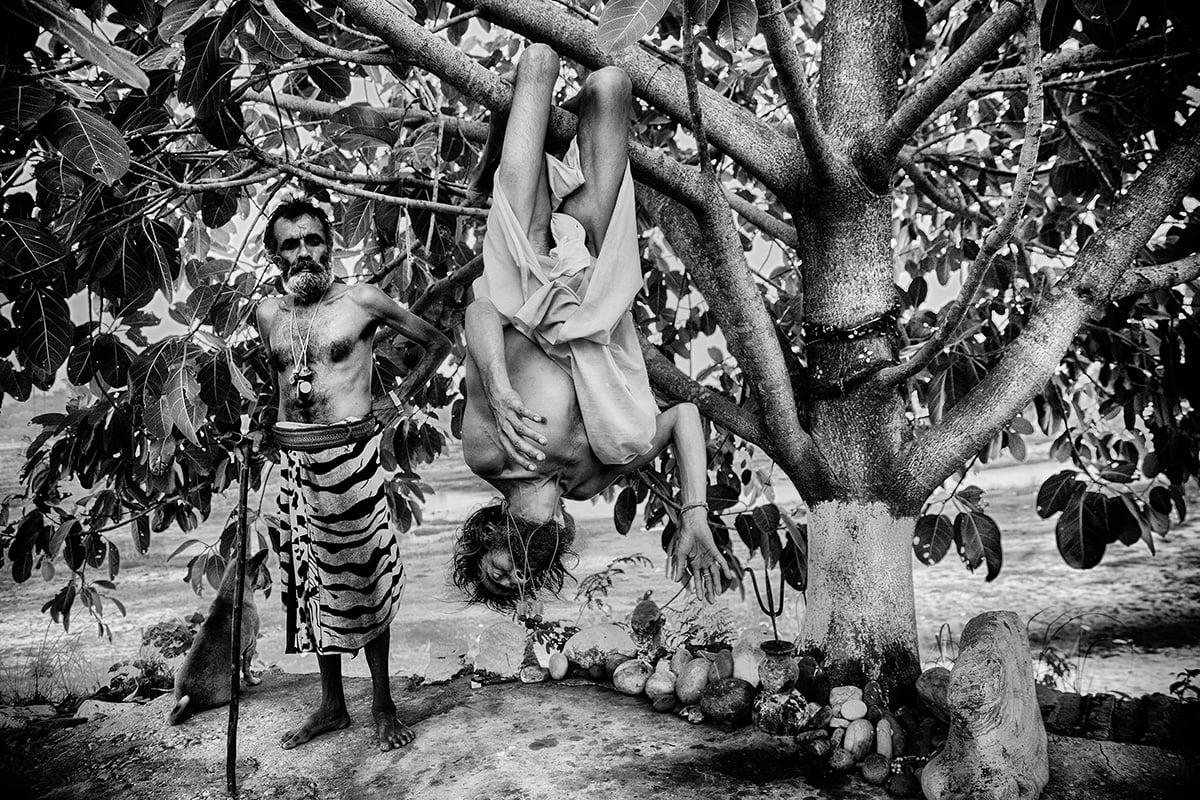 14. Due to easy availability of phone camera and highly globalized DSLR market, the young generation has very easy access to this field. Is this affecting the sanctity of photography or improving the aspect of photography?
14. Due to easy availability of phone camera and highly globalized DSLR market, the young generation has very easy access to this field. Is this affecting the sanctity of photography or improving the aspect of photography?
I think we are living in wonderful times for photography where almost everyone has a camera these days. And today, with a resurgence of DSLR cameras and smartphone photography, more people are getting into it than ever before and that is a good thing.
15. Equipment plays an important part in every genre of photography; how much truth prevails in this statement? What kind of equipment you are using in the present days?
One of the joys of Street Photography is that it really isn’t about equipment, you can take Street Photographs on anything from a big professional DSLR to a smartphone. Better yet, unlike more specialized types of photography such as architecture or macro, you have a lot of flexibility in camera choice. Street photography is all about telling a story, communicating an emotion. Your camera is an extension of your own artistic vision. Be patient. Trust your gut. Go out there and have fun!
I am currently working with Fujifilm mirrorless body with a fixed 23mm lens and a more compact, point-and-shoot sized camera that can be shot with one hand. The benefit of using compact cameras is that they generally attract less attention on the street and being of smaller form factor you can always carry it with you. As they say, the best camera is the one that’s with you.
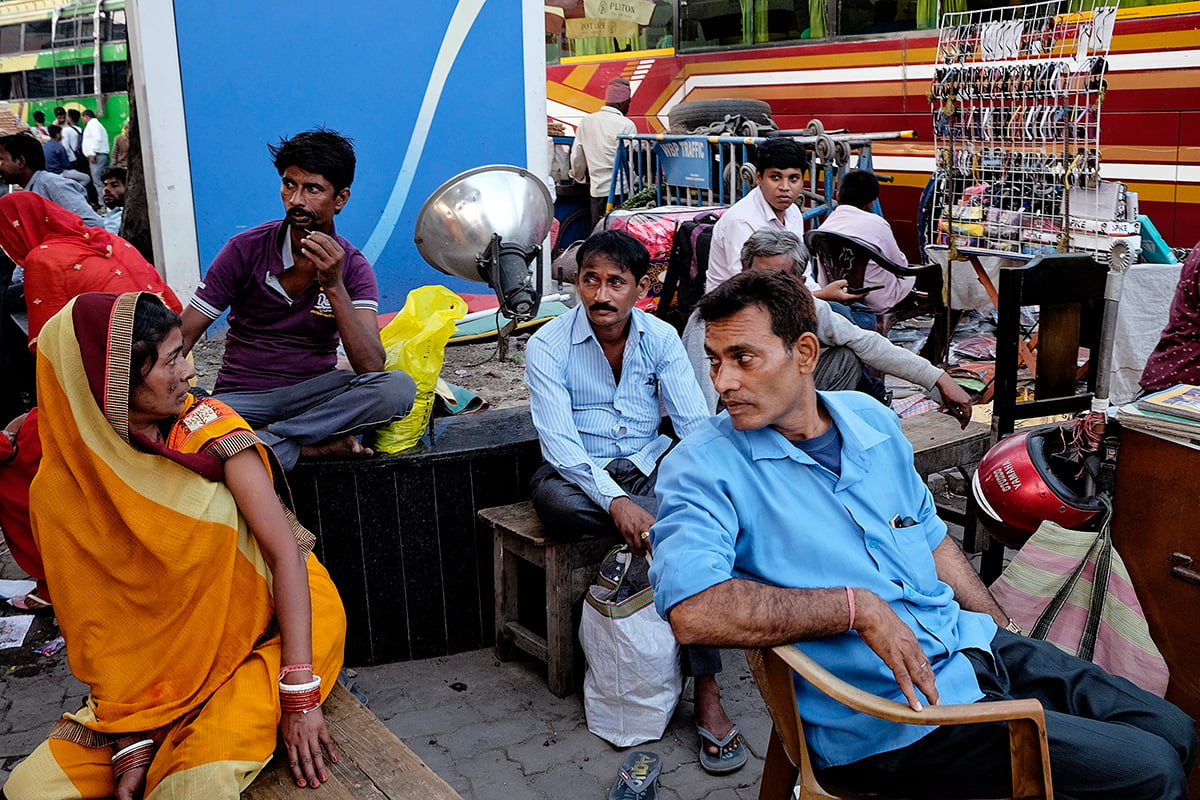
16. Do you think artificial light is required for your kind of photography? Do you use artificial lights for your projects?
Light is a photograph’s key ingredient—it’s literally the only reason an image can exist. Making any light work in your favour is part of the fun and also the best way to improve your skills and get some cool shots. I seldom use artificial lights for my work. Most of my images are shot using natural ambient light.
17. Now let’s go into the social media aspect of photography. What are your thoughts on Instagram, 500PX and other platforms as image-making tools? Is it really helping in extrapolating talents? How do you visualize the future of photography, especially for the amateurs?
The result of the current development in the form of Instagram, 500px and other online platforms is helping the field of photography reach tens of millions of new people. Almost suddenly people who seldom took pictures of their daily life encounters, have started to photograph the world around them on a daily basis, increasing and discovering a love for photography. Some have gone even further and consequently decided to study photography. These platforms are providing amateur photographers with the tool to share their art with others while receiving additional tools for developing creativity.
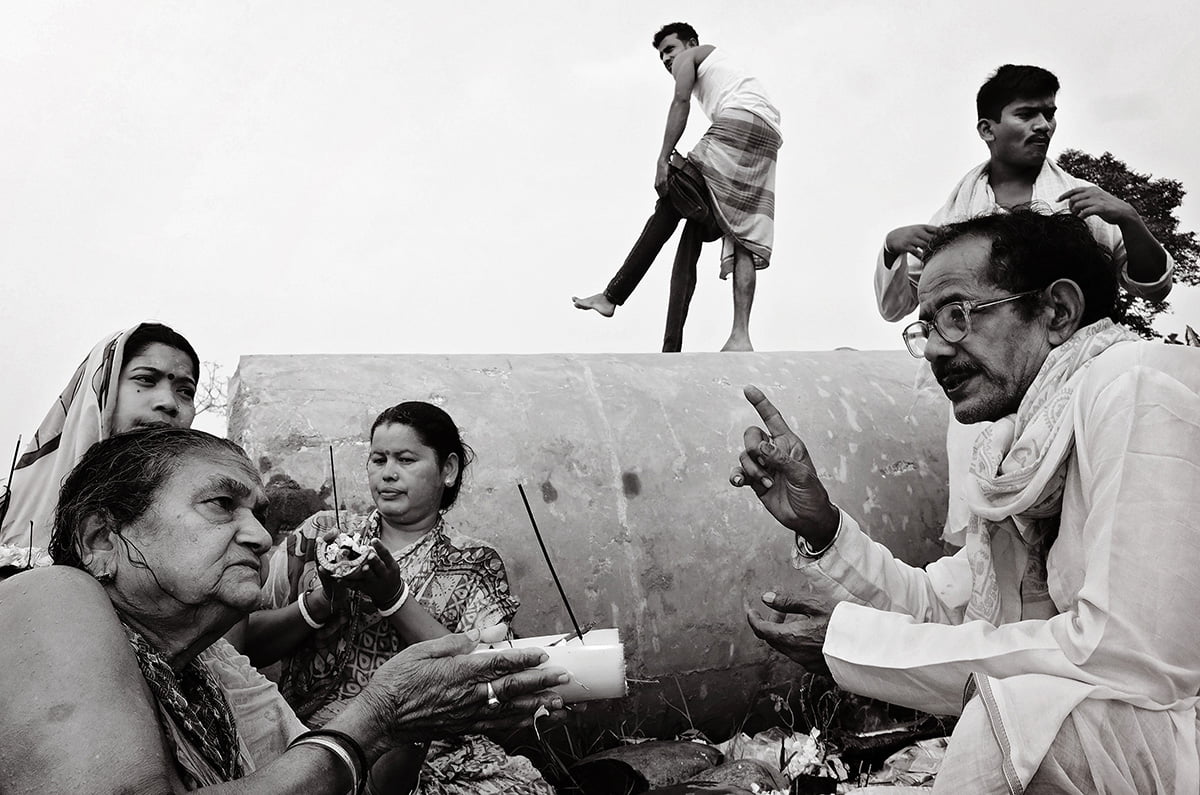

18. “Photograph shows the character of the photographer” – how would you elaborate this?
Photographers take a particular shot as an expression of how they feel and think about the subjects. The photo might say as much or even more about the photographers and their relationships to the people in the photo as it does about the people themselves. The photographer is the “invisible” subject in the picture. Photos can reflect photographers’ attitudes about the subjects, their state of mind at that particular moment, their feelings about that particular shoot, and their beliefs about photography in general.
19. “Previsualizing the frames before arriving at the sites”, does this help? If yes, how
Good decisions start with pre-visualization. Pre-Visualization is seeing an image in your mind, thinking about the image, planning a location, time of day, what camera to bring, what lenses to have on hand, lights, subject etc, and seeing that finished photograph in your mind. I believe that when you can plan a photograph completely in your mind, you will be best prepared to make that image, to the best of your ability with the available equipment. So, yes, it does help a lot.
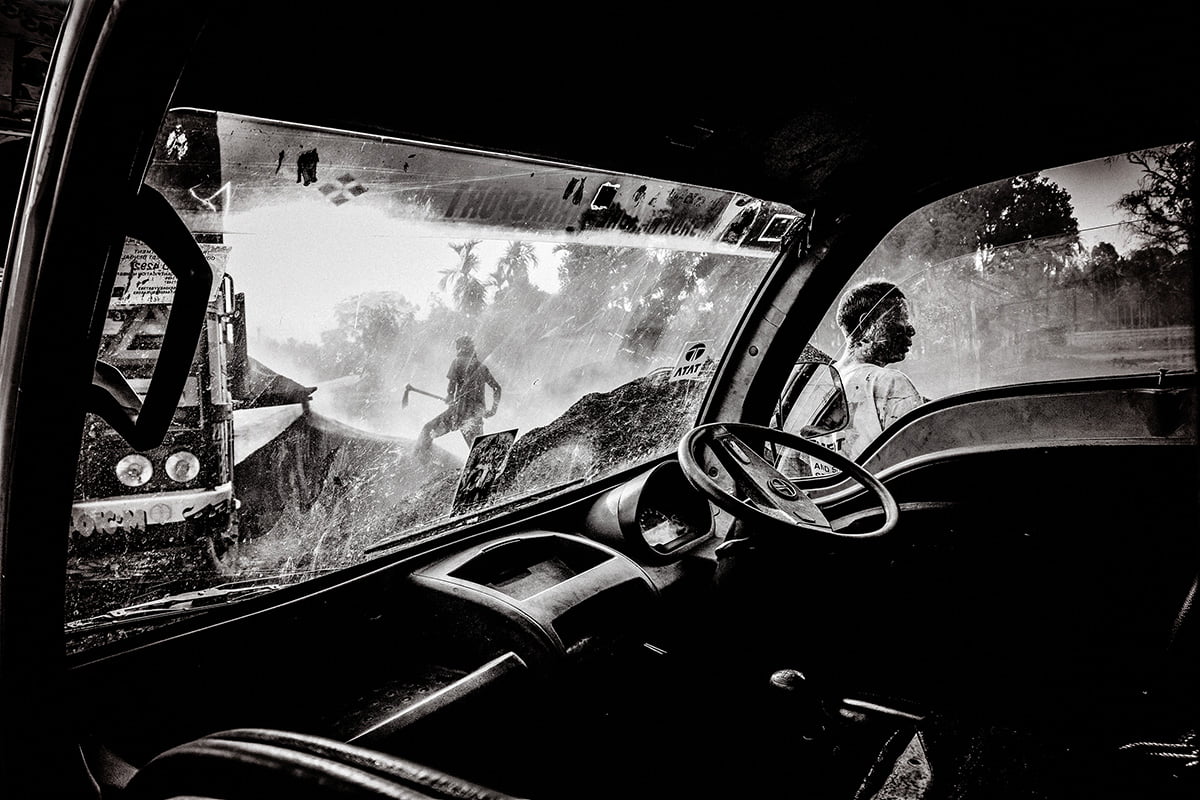
20. Every person does not see the thing the way a photographer can see. It’s our sole responsibility to view those rare moments and showcase the same to others. To do this, every photographer should carry some ethics which won’t destroy the original story of the frame. Do you believe these are being thought about and spoken in the world of photography?
When we see images of people, affected or unaffected, we want to believe in what we see. Such images become historical records and we cannot allow them to be manipulated. Photographs play a large role in shaping how we view the world. When we take and share photographs, we are shaping how others view the world. This is an amazing privilege and an enormous responsibility. When we take an ethical approach to photography, we increase our awareness of the impact that we are having on the world through the images we produce, and we are better able to focus our impact in a meaningful way.
A street photographer tries to shoot candid moments. While the decisive moment we all crave for is often found after frustrating waits, it is sad to see some photographers simply stage the moment – asking someone to run or jump, or to look in a certain direction. Also paying local people to stage a scene is equally unscrupulous if the shot is claimed to be candid. As an ethical street photographer, one is expected not to stage scenes or direct people. Let’s wait for the real moment and taste the success if and when it happens.
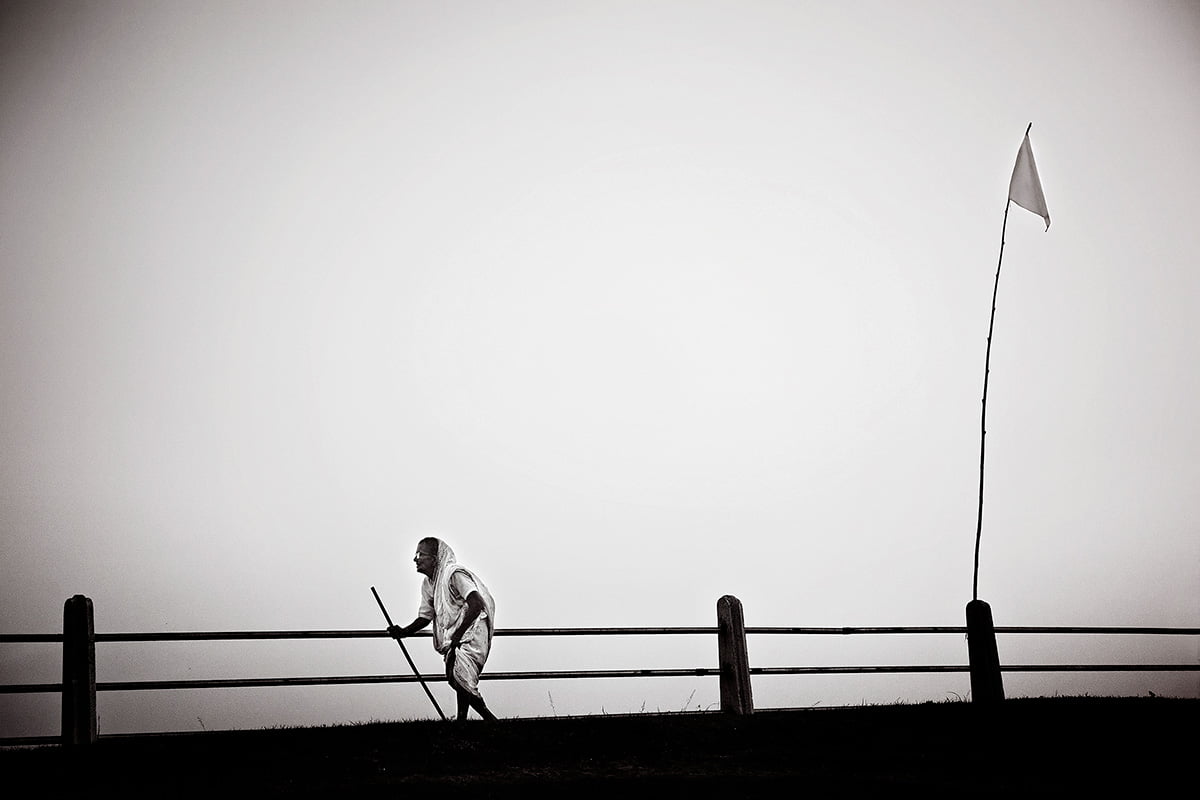
The article has been edited by our editor Keya Sikdar.
